OVERVIEW
A laparoscopically-assisted vaginal hysterectomy (LAVH) is a specific type of hysterectomy technique. As the name suggests, it utilizes laparoscopic methods to remove the uterus from the patient.
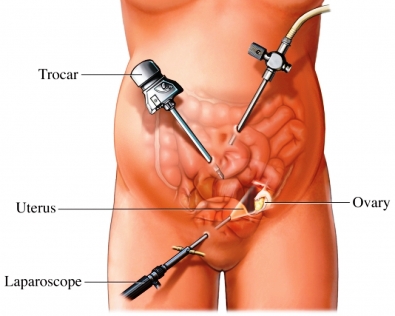
PREPERATION FOR THE PROCEDURE
Positioning the patient: the patient is positioned in the dorsal lithotomy position (shown below)
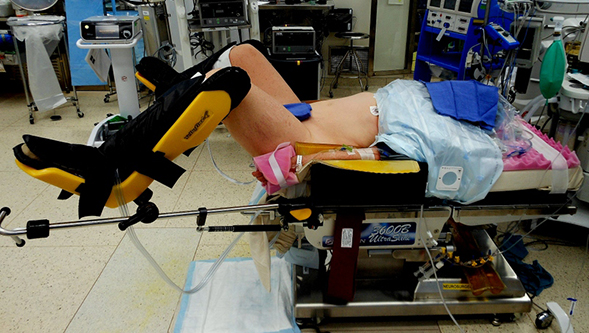
Placement of uterine manipulator: typically a uterine manipulator is placed (vaginally) before the start of the operation in order to assist with the surgery.
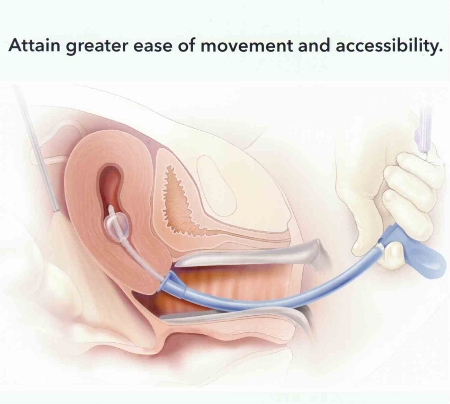
HOW IS THE PROCEDURE DONE?
The below section breaks up the operation into its major steps.
Trocar placement: for a mult-port laparoscopic hysterectomy, port placement involves a primary port at the umbilicus and two accessory ports in lower quadrants (on either border of the rectus muscle). Other ports may also be placed (shown below).
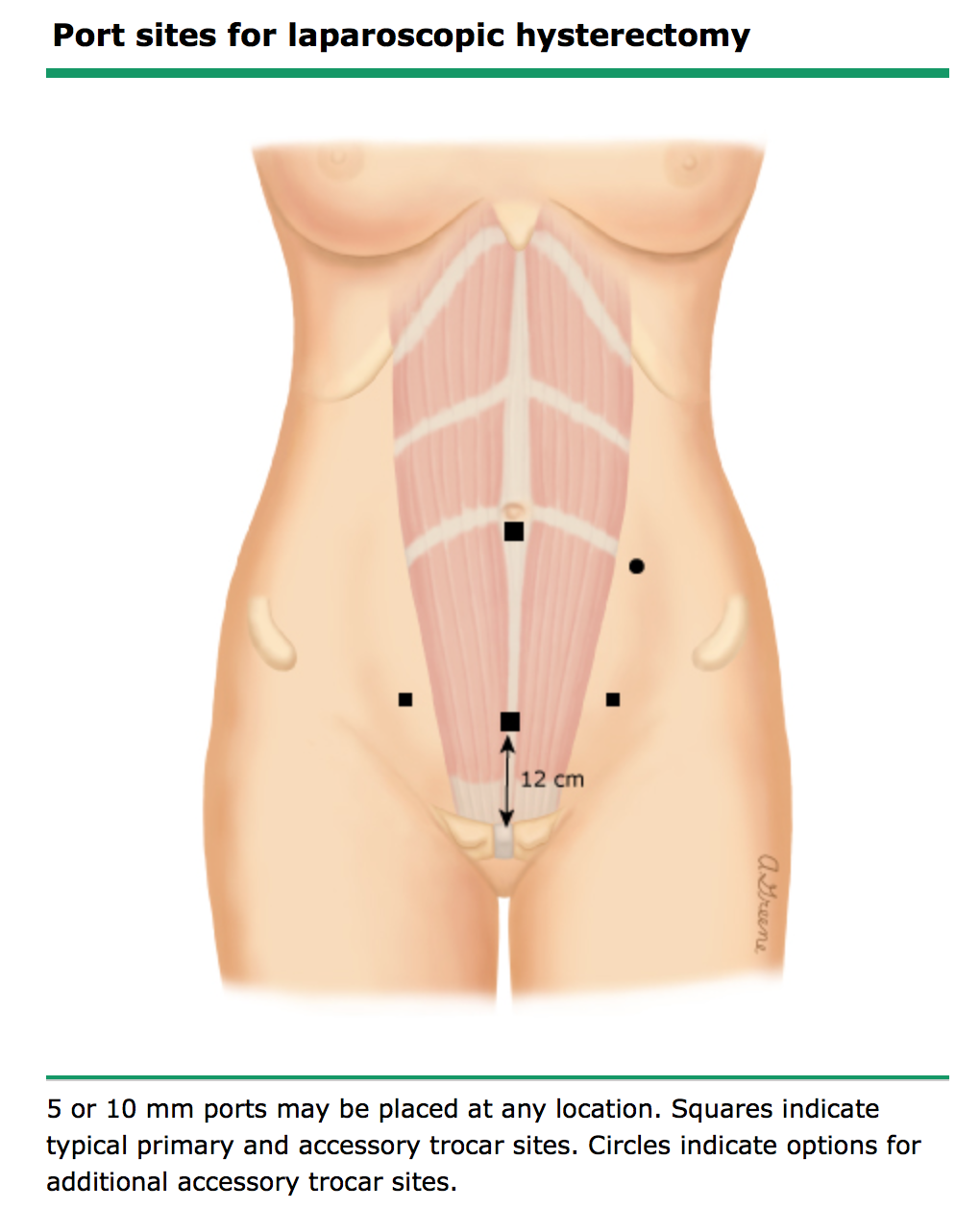
Adhesiolysis (if adhesions present): upon gaining access to the abdominal cavity, if any adhesions that are present can be removed to restore normal anatomy.
Identification of the ureter: it is important to identify the ureter and keep it in view to avoid damaging it.
Separation from adnexa: the treatment of the adnexa of the uterus will depend on if the fallopian tubes/ovaries will be conserved or not:
- If the ovaries/fallopian tubes will be conserved: the next step will be identifying and diving the utero-ovarian ligament.
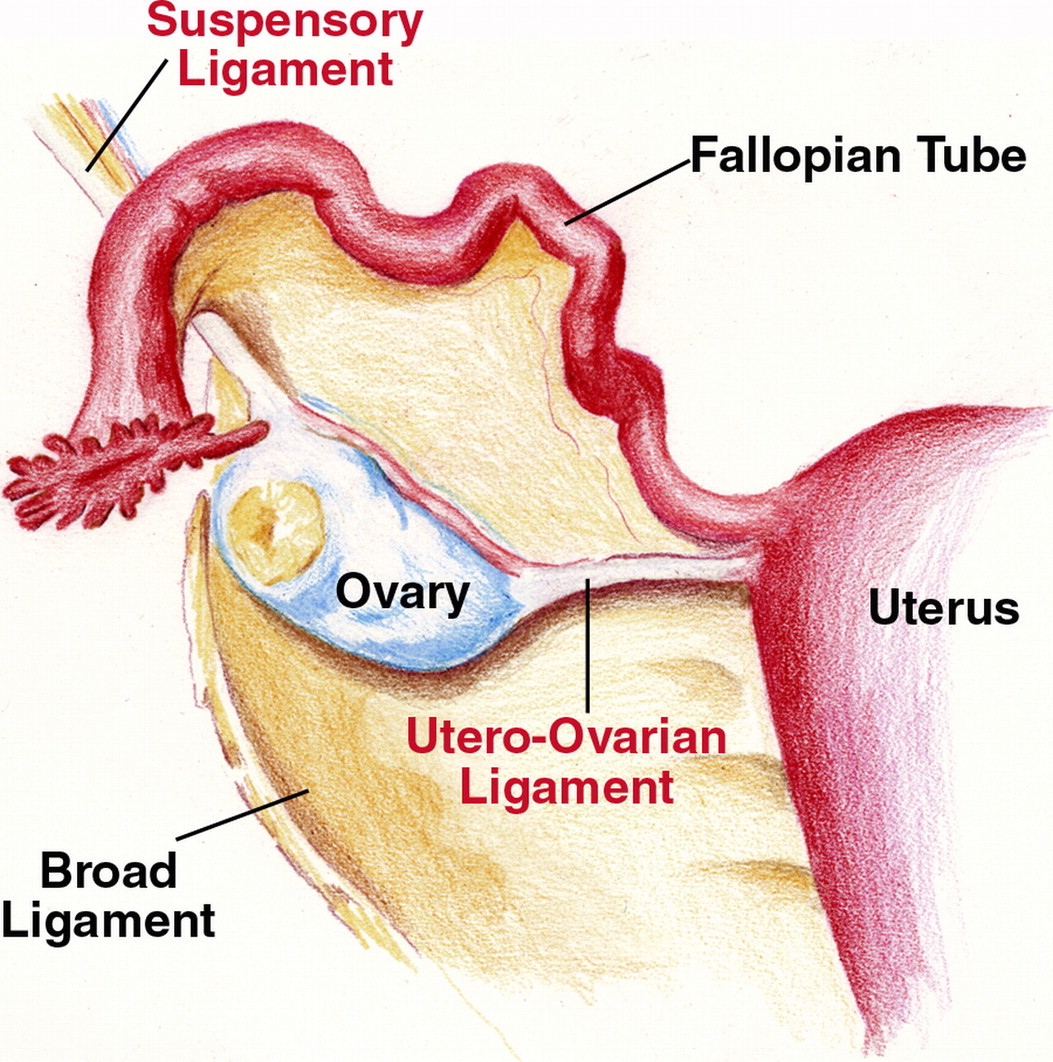
Ligation of the round ligament:
Opening of the broad ligament:
Cauterization of the uterine vessels:
Removal of the uterus: The exact nature of this will vary depending on if either a subtotal or total hysterectomy is being completed.
- Total hysterectomy: colpotomy (vaginal dissection) is made around the circumference of the cervix. Specimen is delivered through the vagina.
Closure of the vaginal cuff is done in the suturing method of the surgeons choice.
Page Updated: 07.15.2016